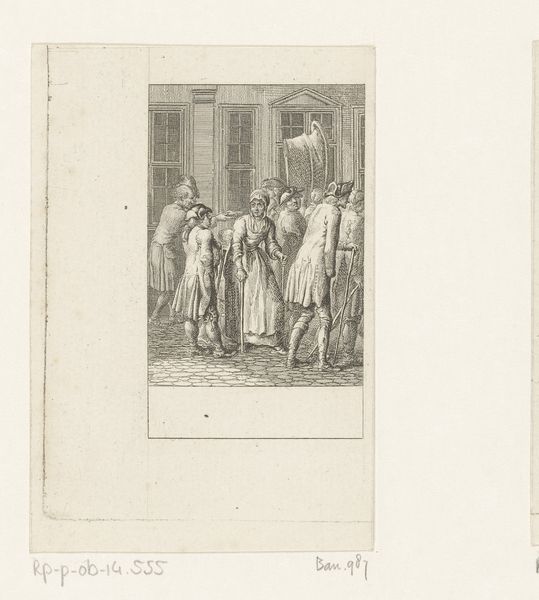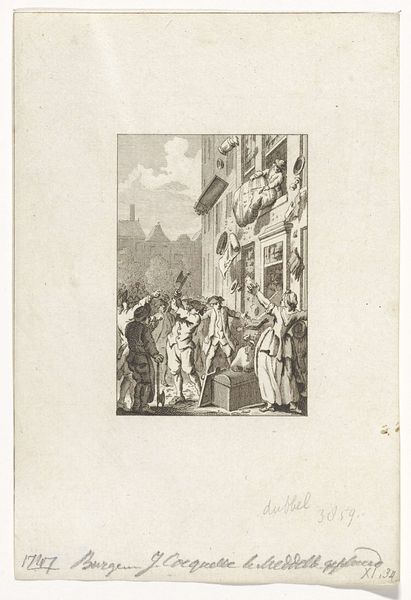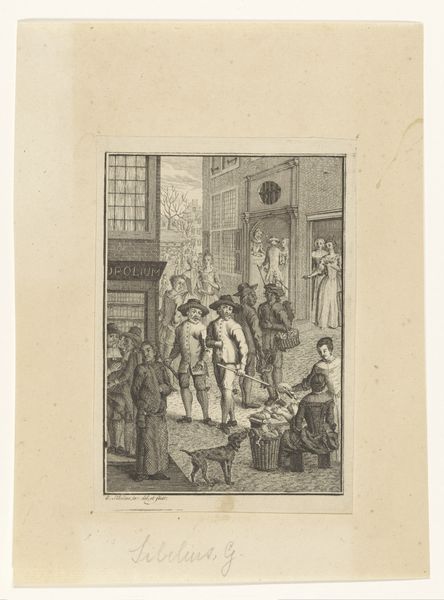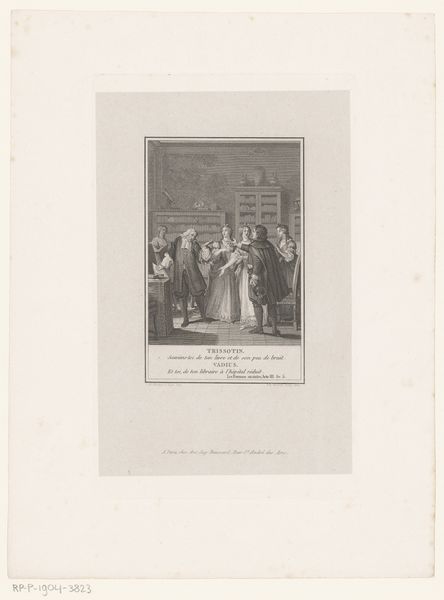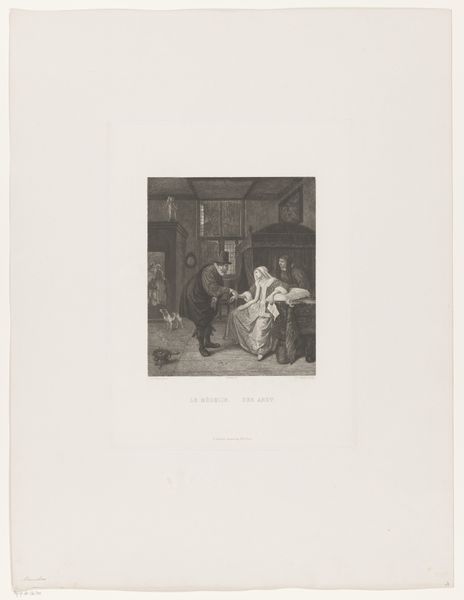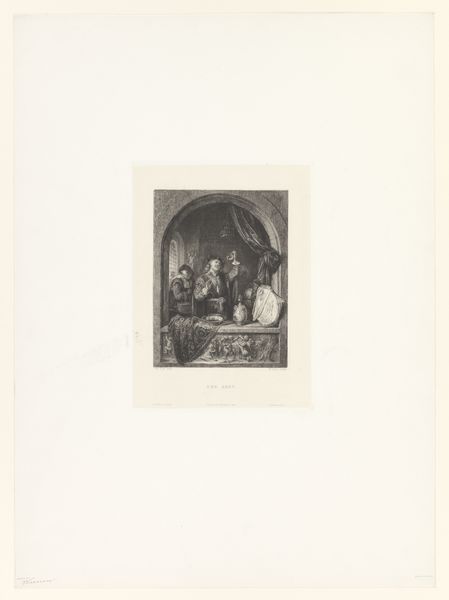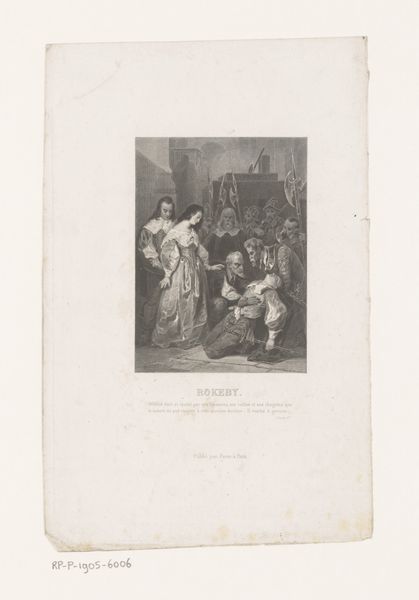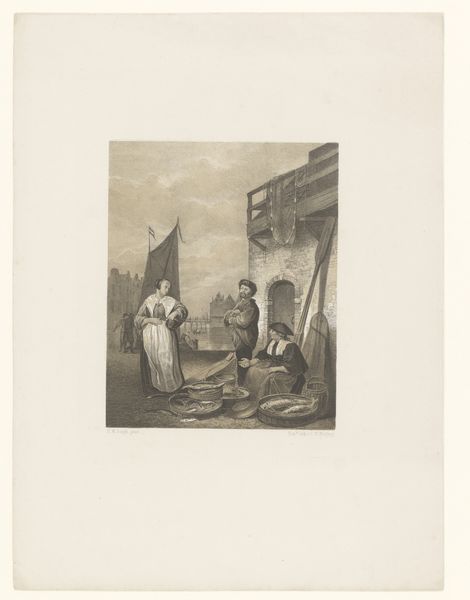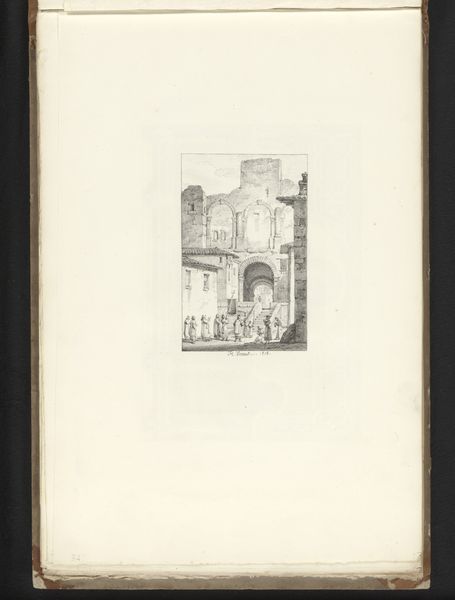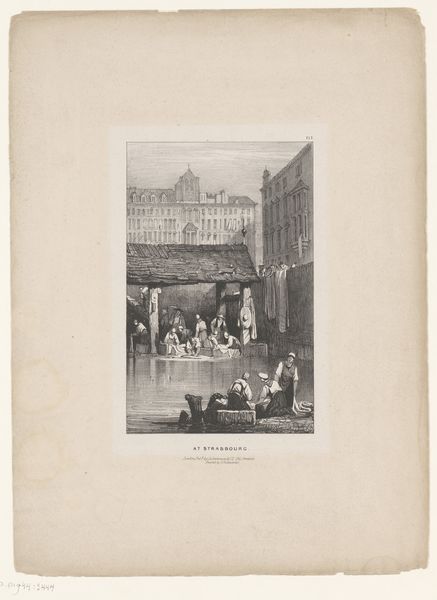
Verbranding van De Post van de Neder-Rhijn op schavot voor stadhuis te Arnhem op 22 april 1786 1786
0:00
0:00
janlucasvanderbeek
Rijksmuseum
print, etching, engraving
#
neoclacissism
#
narrative-art
# print
#
etching
#
cityscape
#
history-painting
#
engraving
Dimensions: height 197 mm, width 116 mm
Copyright: Rijks Museum: Open Domain
Editor: This etching by Jan Lucas van der Beek, created in 1786, is titled "Verbranding van De Post van de Neder-Rhijn op schavot voor stadhuis te Arnhem op 22 april 1786." It depicts a public spectacle of some kind, taking place in front of a building. What underlying socio-political issues were at play here? Curator: This image speaks volumes about power, censorship, and public dissent during the late 18th century in the Netherlands. What's being burned isn't just paper; it's a symbol of free speech, namely "De Post van de Neder-Rhijn," a newspaper critical of the ruling Stadtholder. Consider the theatricality of the event. Editor: The setting, in front of the town hall, emphasizes its official, sanctioned nature, doesn't it? The people are present, but passive. Curator: Exactly! Their passivity highlights the state's effort to control the narrative and silence opposition. Where do we see acts of resistance embedded in the etching? Might the artist’s decision to record it constitute a kind of resistance? Editor: So, by documenting this act of censorship, van der Beek subtly critiques the power structure and contributes to the narrative of resistance, despite the seemingly submissive posture of the crowd? Curator: Precisely. It invites us to question authority, to consider the dangers of unchecked power, and the importance of a free press. Editor: Thinking about it now, the architecture almost oppresses the people. What at first seemed a historical depiction becomes a powerful message about resistance and control. Curator: Indeed, looking at the past in order to think more deeply about the present, a key part of being an art activist! Editor: This deeper understanding is incredibly helpful; I'll never see a historical depiction the same way again!
Comments
No comments
Be the first to comment and join the conversation on the ultimate creative platform.
